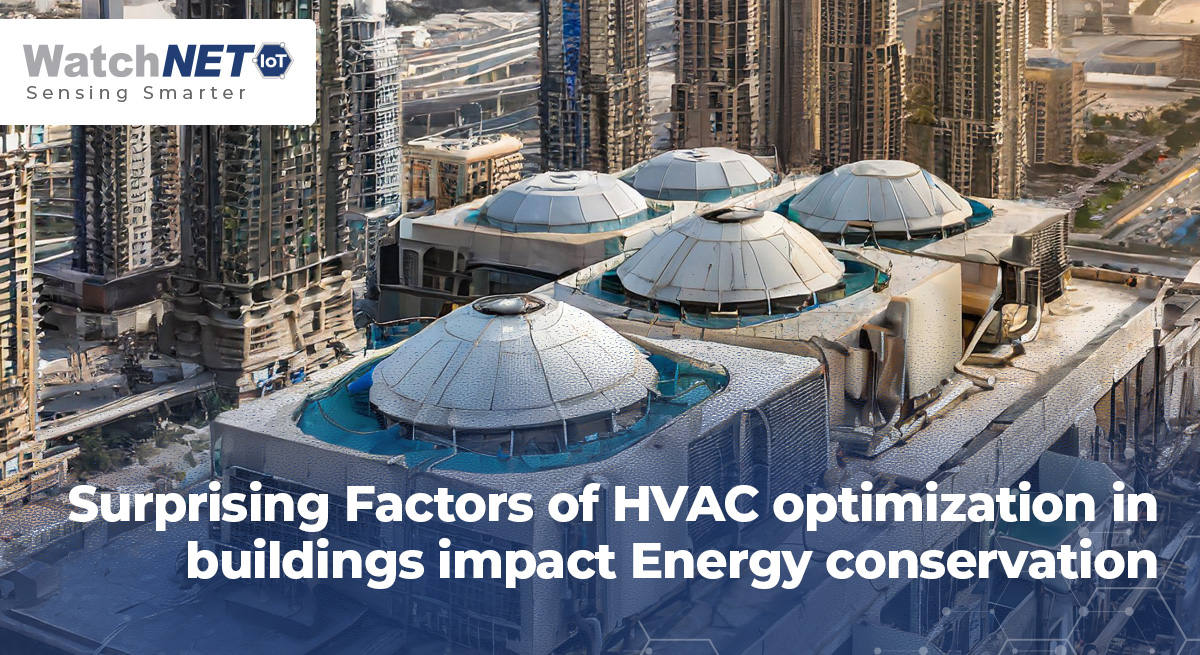Heating and cooling systems account for a significant portion of a building’s energy use. By optimizing your HVAC system, you can significantly reduce energy costs while maintaining a comfortable indoor environment. In this blog post, we’ll delve into surprising factors that impact HVAC performance, explore advanced control techniques, and discuss the importance of regular maintenance and IoT technology integration.
Beyond the Thermostat: Surprising Factors Affecting Your HVAC System
Many factors beyond just adjusting the thermostat influence your HVAC system’s efficiency. Occupancy patterns play a surprising role. Buildings with fluctuating occupant counts have varying heating and cooling demands. For example, spaces with high occupancy may require more cooling, while less crowded areas might need less.
The building envelope, which includes walls, windows, doors, and insulation, also significantly impacts your HVAC system’s workload. Poor insulation or leaks can lead to increased heat transfer, requiring the system to work harder to maintain comfortable temperatures. Additionally, excessive solar heat gain through windows can add to the cooling load. By addressing these lesser-known factors, you can make informed decisions to optimize your HVAC performance and enhance energy efficiency.
Smarter Cooling and Heating: Advanced Control Techniques for Improved Efficiency
Rule-based methods offer a basic approach to temperature regulation. These involve defining specific operational rules based on different conditions, allowing for better control over energy consumption and system performance.
Model-Based Predictive Control (MPC) takes a more sophisticated approach. It uses mathematical models to predict how the system will behave and optimize control actions accordingly. This enables the HVAC system to adapt in real-time to changing conditions, potentially leading to improved comfort, reduced energy usage, and extended equipment lifespan.
By embracing these innovative control strategies, you can customize your HVAC operations to your specific needs, resulting in significant energy savings and promoting sustainable building practices.
The Perfect Blend: Regular Maintenance and IoT Technology Integration
Regular maintenance and integrating Internet of Things (IoT) technology play crucial roles in optimizing HVAC systems for lasting efficiency. Proactive maintenance, such as regular cleaning and inspections, ensures optimal system operation and energy efficiency.
IoT sensors and monitoring systems provide real-time data for precise control algorithms. This data empowers informed decision-making for proactive adjustments to optimize energy consumption and overall system performance.
Real-World Savings: Case Studies in Action
Let’s explore two real-life examples showcasing how a combination of advanced control techniques, maintenance strategies, and IoT integration can lead to significant energy savings in HVAC systems.
Case Study 1: Implementing Model-Based Predictive Control with WatchNET IoT
An office building implemented a comprehensive HVAC optimization approach using MPC and the WatchNET IoT solution for continuous monitoring. The MPC system, combined with real-time data from WatchNET sensors, optimized temperature regulation, airflow control, and equipment scheduling based on occupancy patterns, weather conditions, and other factors. This resulted in substantial energy savings and improved occupant comfort.
Conclusion: Reap the Rewards of an Optimized HVAC System
Optimizing your HVAC system goes beyond simply adjusting the thermostat. By considering diverse factors, employing advanced control techniques, and integrating regular maintenance with cutting-edge IoT technology, you can unlock significant energy savings, improve occupant comfort, and contribute to a more sustainable future. Remember, a well-optimized HVAC system is an investment that pays off in terms of cost savings, comfort, and environmental responsibility.

